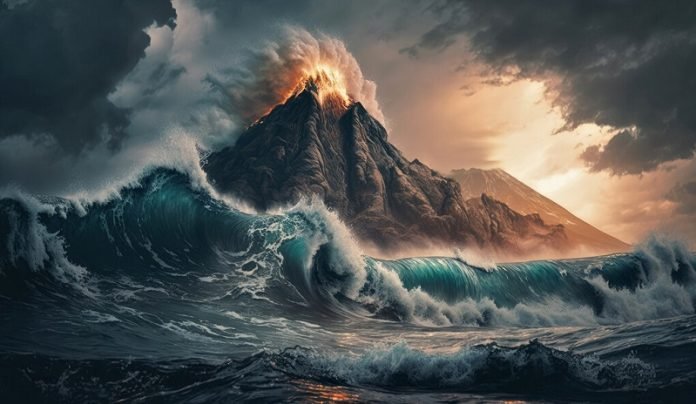
What do cakes and Earth’s continental crust have in common? They both need time to mix. For continents, that means hundreds of millions of years.
Earth’s continental crust may have begun forming hundreds of millions of years earlier than previously thought, Yale scientists say — and the reason will be obvious to anyone who has ever baked a cake or a batch of cookies.
In a new study in the journal Science Advances, Jun Korenaga and Meng Guo suggest that more than half of Earth’s continental crust was already formed at the start of the Archean geological eon, 4 billion years ago, a time that scientists had previously believed was when crust formation began.
It would mean crust formation began during the Hadean geological eon, 4.5 to 4 billion years ago.
Why? Because Earth needed to mix its mantle.
“When we want to make a cake, or cookies, from scratch, we need to mix flour, sugar, eggs, butter, etc., in a bowl and it takes time to mix all the ingredients to have a smooth dough,” said Guo, a graduate student in Yale’s Department of Earth and Planetary Sciences and first author of the study.
“Earth’s mantle convects — like boiling water in a pan — and this convection mixes different components in the mantle that were formed from the creation of continental crust,” Guo said.
For the study, the researchers developed a new theoretical model that analyzed signatures of the chemical elements hafnium and neodymium within Earth’s mantle. Both elements have long been used to study the history of continental crust.
According to the researchers, certain signatures of hafnium and neodymium that appear during the Archean eon would have had to have been generated much earlier — during the Hadean eon — because of the time necessary for convection to do its mixing.
The traditional reasoning about such signatures has been that mantle mixing was instantaneous — something Guo and Korenaga said is unrealistic. Their new modeling approach not only considered a longer mixing process, it also estimated the timescale of that mixing.
“Incorporating this physical common sense in a geochemical analysis requires a highly elaborate modeling effort, and this has been a challenging task for geochemists for decades,” said Korenaga, a professor of Earth and planetary sciences in Yale’s Faculty of Arts and Sciences.
“The formation of continental crust is a crucial factor in stabilizing the climate and creating unique environments for the emergence of life and its evolution,” he said. “Our research sheds new light on this important process.”
Written by Jim Shelton.



